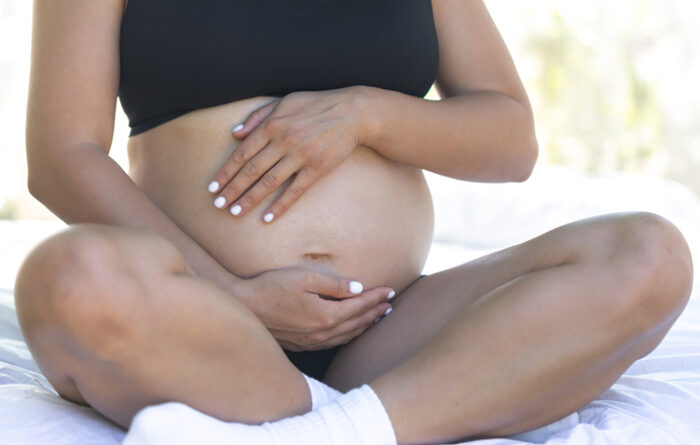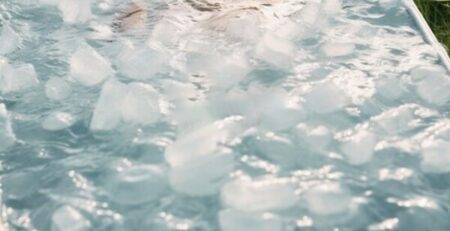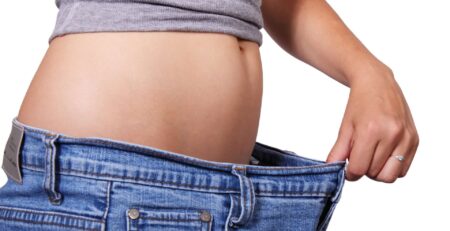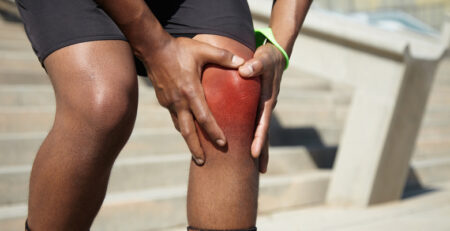The conversation around cold plunges and pregnancy is one that requires a delicate balance, grounded deeply in science and a profound respect for the body’s journey during the transformative time. It’s not a simple yes-or-no topic. Rather, it’s a nuanced decision that depends on individual circumstances, guided by medical expertise and personal comfort. Let’s dive deeper into the topic.
Table of Contents
Understanding the Pregnant Body’s Demands
During pregnancy, a woman’s body undergoes a monumental physiological transformation. Blood volume can increase by nearly 50%, the heart pumps harder, and the entire system is finely tuned to support the developing fetus. This state of heightened metabolic activity means the body is already under a form of natural, sustained stress. Introducing an additional, intense stressor, such as a cold plunge, requires careful consideration of how it interacts with this already delicate equilibrium.
The Core Concern: Circulatory Shifts and Fetal Wellbeing
The most significant scientific concern revolves around circulation. Immersing in a cold plunge triggers a powerful vasoconstriction—a dramatic narrowing of blood vessels in the skin and extremities. This is the body’s survival mechanism, shunting blood away from the surface to protect the vital organs in the core, a process known as the “diving reflex.”
During pregnancy, however, those vital organs include the uterus and placenta, which supply the fetus with oxygen and nutrients. The primary question is whether this reflexive shunting of blood could, even temporarily, reduce blood flow to the uterus. While the body has robust mechanisms to protect the fetus, the potential risk of a transient reduction in oxygen and nutrient delivery is the central reason for the overwhelming consensus of caution.
Because it’s unethical to conduct controlled studies that might risk fetal safety, there are no large-scale trials directly examining cold plunges during pregnancy. For that reason, most medical professionals recommend erring on the side of caution—avoiding extreme temperature exposure and minimizing any potential stress that could compromise circulation to the developing baby.
Hormonal Crossroads and Stress Responses
Pregnancy is a carefully orchestrated hormonal event. The body manages its own fluctuating levels of cortisol, the primary stress hormone. When you dive into the cold plunge, the potent physiological stress causes a significant, acute spike in both cortisol and norepinephrine. The impact of this exogenous hormonal surge on the intricate dance of pregnancy hormones is not fully understood. The concern is that it could potentially influence blood pressure or uterine activity, which is why it is often listed as a precautionary measure to avoid during this time.
The Thermoregulation Balance
Another factor to consider is thermoregulation—how the body manages heat and cold. After a cold plunge, there’s often an “after-drop,” where the body’s core temperature continues to decline even after exiting the water. To compensate, the body works harder to rewarm itself, increasing metabolic demand.
Pregnant women already have a slightly elevated baseline body temperature and can be more susceptible to overheating. This cycle of intense cooling and rewarming is an additional metabolic load on a system that is already working at full capacity.
A Shift in Perspective: From Therapy to Comfort
This is not to say that cold has no place in pregnancy as it’s all about context and moderation. While a pre-pregnancy practice of intense cold plunges for performance or mental resilience is generally advised against, the use of cool water for comfort is a different matter.
Many women find immense relief from pregnancy-related swelling (edema) in their feet and ankles by soaking in cool—not icy—water. A cool plunge can also be a sanctuary from the discomfort of overheating, especially in the later stages. The key distinctions are the intensity and the intent.
Think of it as the difference between a 10-minute soak in a comfortably cool ice bath tub to soothe aching muscles and a 3-minute plunge into near-freezing water to trigger a systemic shock response. The latter provides gentle relief without triggering the body’s stress response.
Making the Decision: A Collaborative Choice
Ultimately, the decision about cold plunging during pregnancy isn’t one-size-fits-all. It should be made in consultation with a qualified healthcare provider, considering your medical history, pregnancy stage, and how your body responds to cold.
Science provides the framework of caution, highlighting potential risks to ensure the safest possible environment for both mother and child. Within that framework, there’s still room for comfort and personal well-being, as long as cooling practices remain mild and medically approved.
Recommended Resources
- American College of Obstetricians and Gynecologists (ACOG): ACOG’s guidelines on exercise during pregnancy often include cautions about overheating and extreme environments, which can be a useful reference point. While not specifically about ice baths, the principles of avoiding extreme physiological stress apply.
- A Scientific Review on Exercise and Pregnancy: This article, “Exercise in Pregnancy: A Clinical Review,” often discusses maternal thermoregulation and circulatory adaptations, providing the underlying physiology relevant to this topic.












Leave a Reply